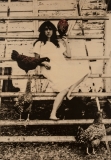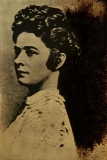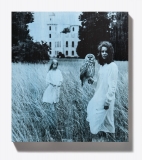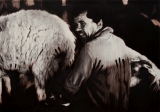Works
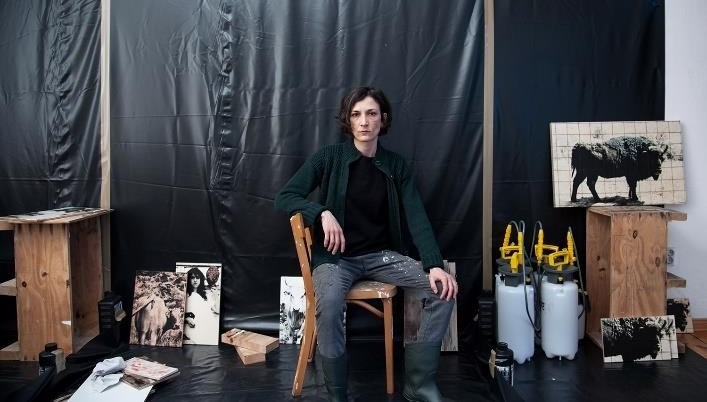
VALENTINA MURABITO. MYTHOS UND MAGIE
The Süddeutsche Zeitung called the Berlin-based photo artist Valentina Murabito (born 1981 in Giarre/Sicily) „alchemist“ because she developed a new chemical process in the darkroom creating analog photographs of fantastic beings. Her second exhibition in our gallery is mainly dedicated to the group of works “Bestiarium”: Based on the 16 exhibited works from the years 2019 to 2021, it becomes clear that Murabito is transferring endangered animals into the world of mythical creatures and the imagination — the last place assigned to them if no protective measures are taken to preserve their habitat.
28 May 2021 – 3 July 2021
The exhibition can now be visited without prior registration and without entering contact data. Regardless of this, the existing hygiene measures apply.
The following works are presented in the show:
VALENTINA MURABITO. MYTHOS UND MAGIE
The Italian artist Valentina Murabito (born 1981 Giarre/Sicily), who lives in Berlin since 2009, is known for her extraordinary handling of analog photography by exposing wood, steel, tissue paper, concrete and entire walls.
Her group of works “Bestiarium” deals with the extinction of species due to climate change and urbanization. Valentina Murabito photographs threatened species as well as animals whose habitats are endangered. Photography plays a special role in this context because it proves that these animals still exist. Murabito’s photo experiments move the animals into the world of mythical creatures and the imagination — the last place assigned to them if no protective measures are taken to preserve their habitat. Bestiaries were medieval illustrated animal poems that told of the adventures of “benevolent” unicorns or “courageous” dragons, but also of real animals, and brought them into connection with the Christian doctrine of salvation. They held up a moralizing mirror to people in the manner of the fable, so that they should take the supposed properties of real and mythological animals as an example. Unlike today, animals had a central place in medieval society, as they were considered being part of divine creation.
In her contemporary version, Valentina Murabito uses this low-threshold and timeless approach to remember the beauty of animals through her mythical creatures. In doing so, she dispenses with traditional levels of meaning and sets monochromatic and bichromatic color accents like the photo pioneers of the 19th century who elevate the image subject to the aesthetic sphere of the magical and archaic. In general, Murabito’s subjects do not always correspond to reality in terms of anatomy and color, but appear deformed — a pictorial metaphor for the appropriation of nature through the worldview of early cultures. This magical power inherent in the pictures also makes Murabito ask about the function of the artist today, and furthermore whether the magic of the picture as a constant subtext continues unchanged.
